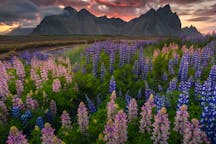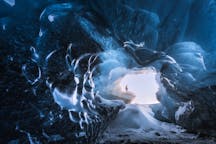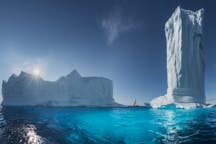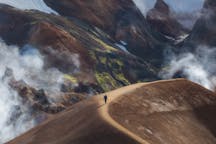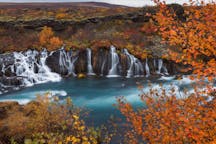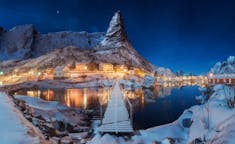
Interview with Derek Sturman

There is something very unique about being alone in nature at night, with the vast expanse of the Universe glittering in the sky above you. For American landscape and astrophotographer, Derek Sturman, it's a time that he utilises effectively to capture images which communicate the beauty of our world and how it can differ from what we see with the naked eye.
- Check out these Photographer Interviews
- Discover Where to Find Camera Manuals Online
- These are the Top 5 Geothermal Areas in Iceland for Photography
His fascination with transforming his perceptions and emotions into tangible images has led him on an endless pursuit of locations to serve as the canvas for his art. This week, we had the opportunity to chat with Derek about his craft, how it has changed over time, his favourite locations for photography, as well as some of the techniques behind the creation of his most stellar shots.
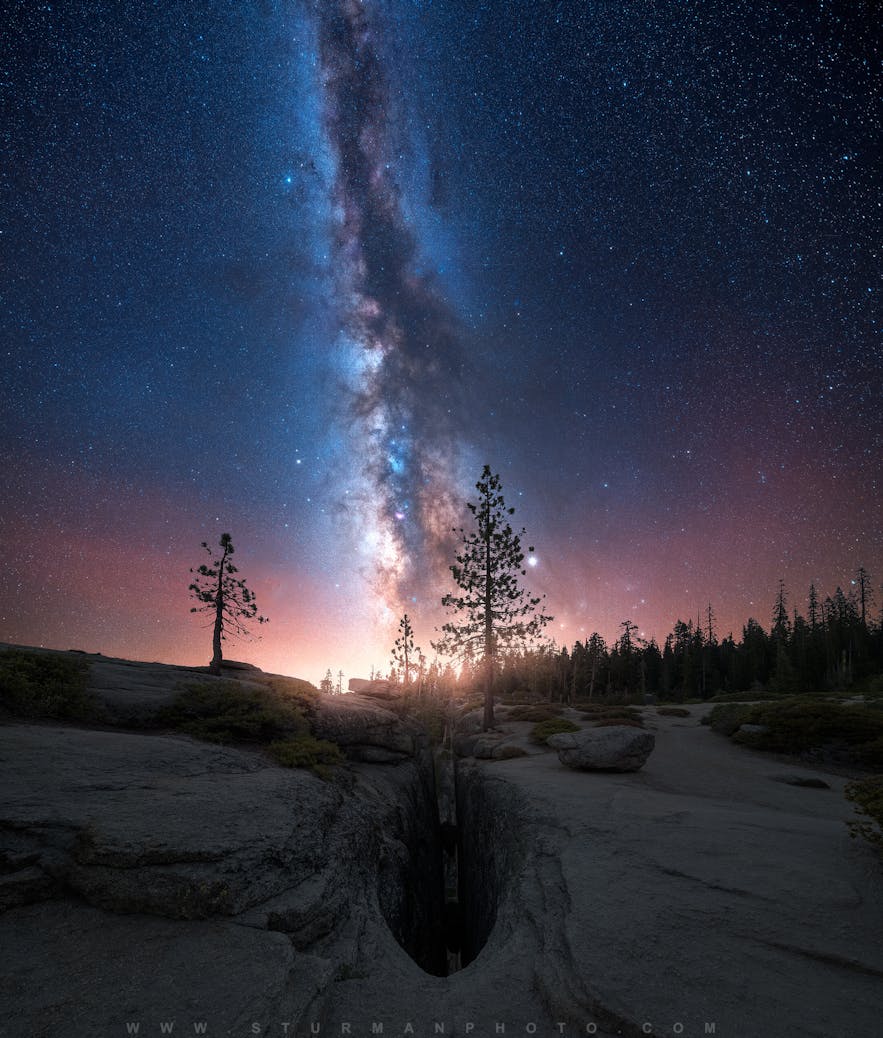 Derek Sturman is a landscape and astrophotographer based in the USA. Photo by: 'Derek Sturman'.
Derek Sturman is a landscape and astrophotographer based in the USA. Photo by: 'Derek Sturman'.
Hello Derek! Thank you for joining us this week. For those who are unfamiliar with your work, could you please share a little about your photography journey so far? When did you begin dabbling in astrophotography?
Hello! Thank you for having me! Yeah so I have been doing landscape photography and astro-landscape photography for about five years now and it's really had me hooked or obsessed for maybe the last three.
I think originally, I got into photography experimentally and then fine art, moody style really got my attention. It was after only seeing a few images in this category and style that I just knew it was something I wanted to do.
What fascinates you the most about shooting the night sky?
Space has always fascinated me deeply, from early on as a child. The mysterious nature of the vast expanse of space and all the stars formed my childhood dream of becoming an astronaut. I find it feels somewhat alien photographing the night sky, every time. It is always interesting how much can show up on camera and how different it is to the eye.
The Milky Way has so many unique details that I love to capture.
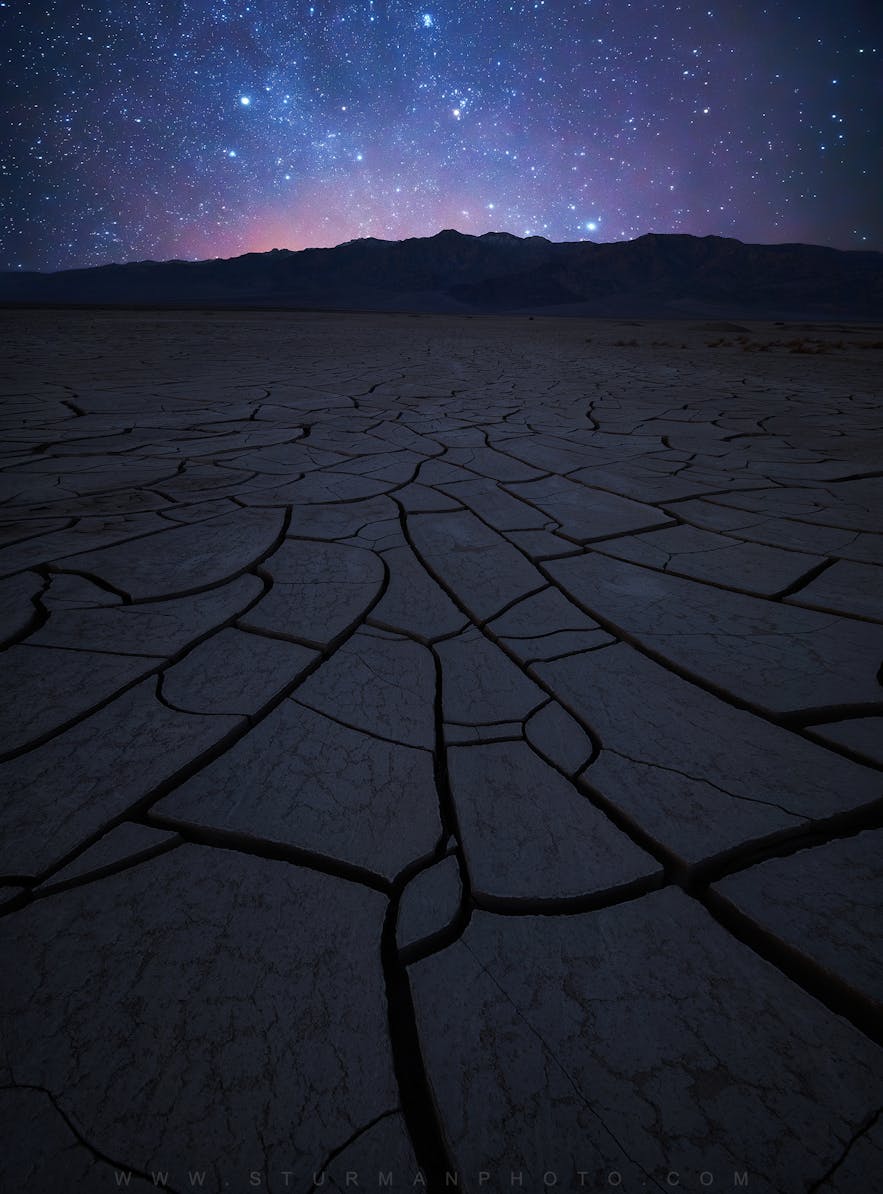 Derek is fascinated by the mysterious nature of the night sky. Photo by: 'Derek Sturman'.
Derek is fascinated by the mysterious nature of the night sky. Photo by: 'Derek Sturman'.
- See also: Beginner's Guide to Deep Sky Photography
Tell us a bit about the research and planning that can go into a shot of the Milky Way.
Most importantly, I am always looking for good locations with low levels of light pollution away from city light, so I can get more natural sky detail without it being washed out. Usually, when I am searching, I am trying to find an area that offers some kind of unique subject material, like the trees of Joshua Tree National Park or some kind of hoodoo or arch.
Whenever you are shooting the Milky Way, you have to keep the moon cycle and alignment, as well as rise and set times, in mind. Typically, here in the Northern Hemisphere, summer is the best time to shoot and I like the alignments best in May and June. Then, of course, I have to consider when the moon might show up to wash out the dark sky detail.
What kind of initial equipment did you begin with and how has that changed over time? What kind of gear gear do you take with you out on a typical shoot and what is something that you absolutely cannot do without?
Originally, I had just a Canon T5i with no tripod and the 18-55mm kit lens. I did a lot of experimentation with that camera and learned a lot from it. Most of the learning I did was through experience of trial and error. Fast forward to now and I am on my third camera, which is a Nikon D850. I have a favourite lens which is my Tamron 15-30mm.
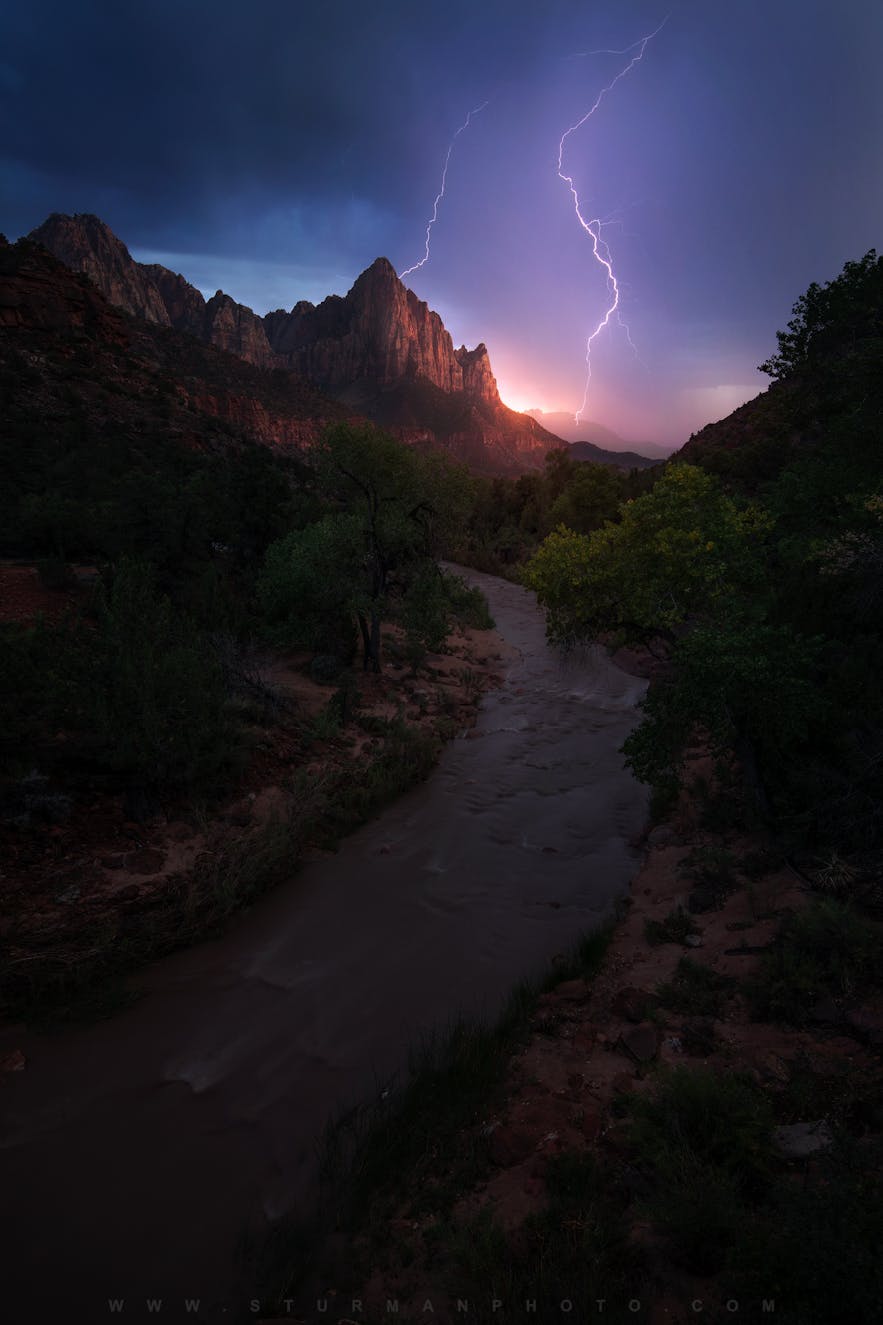 Most of Derek's learning was through trial and error. Photo by: 'Derek Sturman'.
Most of Derek's learning was through trial and error. Photo by: 'Derek Sturman'.
I’ve become pretty particular about shooting now and my tripod – or a sturdy tripod in general – is 100% something I would go mad without. Having a sturdy tripod revolutionised my photography for a variety of reasons. I spent a lot of my early time getting into photography using tripods that probably just shouldn’t have been made to begin with… they would wiggle or shake or fall over and that really makes getting any kind of useable long exposure basically impossible.
- See also: Ultimate Guide to Milky Way Photography
What is your advice for photographers hoping to get into astrophotography? Is it possible to take high-quality images of the night sky without spending a fortune on equipment?
Absolutely. In all honesty, the most important pieces of equipment in my mind are the lens and tripod. The camera's sensor is also important but most sensors now are exceptional. We are coming to the point now where even smartphones have the ability to capture the stars, so the only limit will be your post processing capabilities and your artistic vision.
My first recommendation is to experiment with it and learn a little bit about how to master the camera. If you are going to invest in something, invest in photo education, a nice tripod or a nice lens to start with. Once you’ve learned the techniques, then worry about the more expensive equipment.
With modern sensor technology there are techniques in post to help you get the most out of images from almost any modern DSLR.
- See also: Interview with David Swindler
What are some of the techniques that you use to capture the stars?
I really like to track and blend my shots to get more sky detail. I typically plan a shot out and take several frames for each element of the shot from sky to foreground to get everything in maximum detail. This helps a lot when printing images.
I also really love to use PhotoPills to plan the shots out, it gives me the ability to scout in the day and shoot all night.
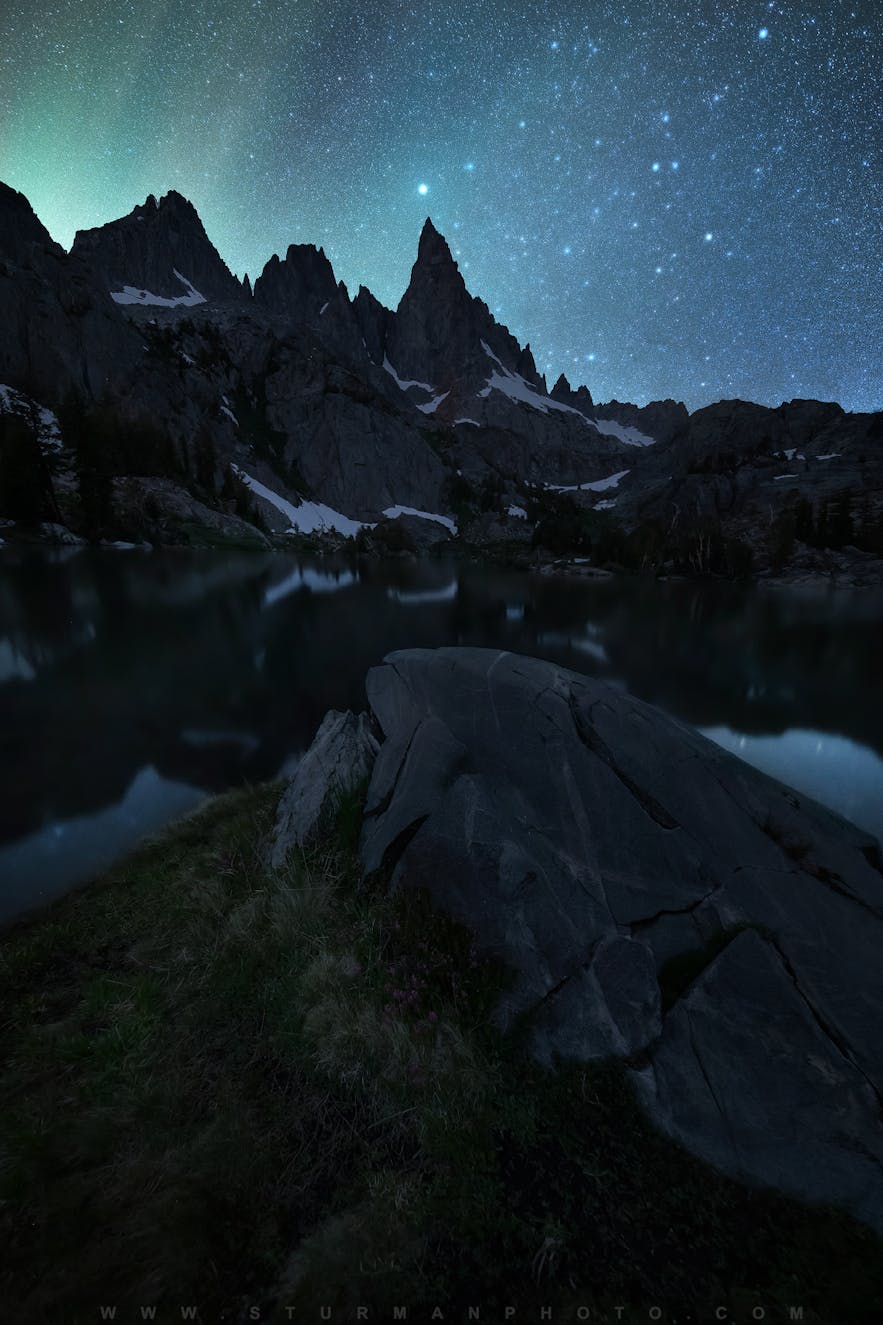 Derek uses PhotoPills to plan his night sky photography. Photo by: 'Derek Sturman'.
Derek uses PhotoPills to plan his night sky photography. Photo by: 'Derek Sturman'.
- See also: How to Use the On-Camera Flash
What kinds of things does a photographer need to keep in mind to achieve the perfect shot? What is one thing that people can do right now to improve their photography?
Creativity can be hard to keep in motion but i've found that just exploring new areas constantly and searching for potential shots helps make it feel like it is flowing naturally. A lot of patience and persistence is usually required when you have picked a shot to get it right.
Learning to select a single subject was a big learning point for me. Practice ultimately brought all the technical camera aspects together but learning as much as you can about methods and techniques in post-processing and tricks of the trade will help a lot.
There are a lot of really awesome tutorials out there available from a lot of great photographers. I will pick one up from time to time and I always learn at least one new little trick that is useful. Especially with the quarantine lifestyle so many people are living, right now is a great time to learn up as much as you can online!
Can you share with us your favourite location for landscape photography? What about it appeals to you and keeps you returning over time?
Wow, that is a hard one… Off the top of my head, there is a waterfall in the Pacific North West (PNW) of the USA that I am sure you are familiar with. It has an upper section and a lower section. I'm not sure what it is about that place but those falls really stand out to me because of how it feels to be there.
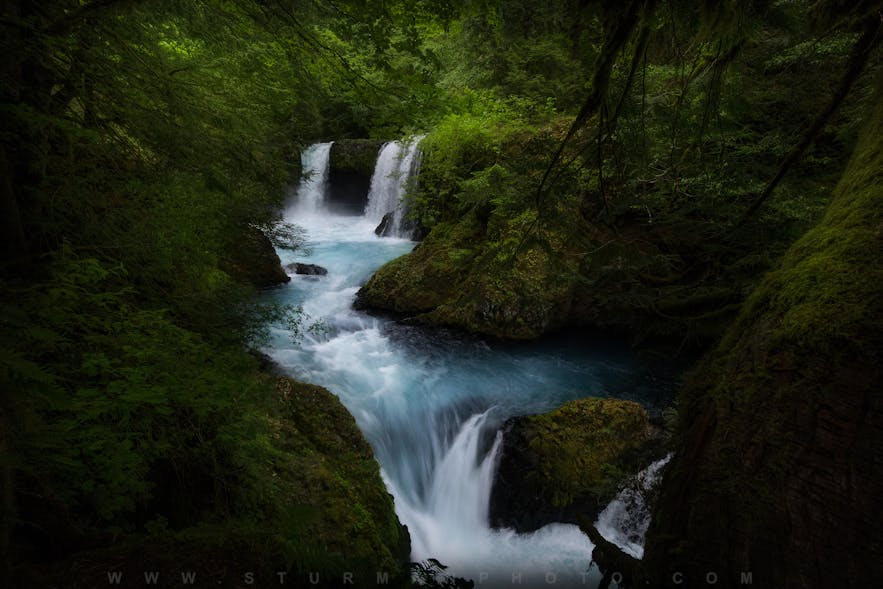 The Pacific North West of America holds a lot of photographic opportunities. Photo by: 'Derek Sturman'.
The Pacific North West of America holds a lot of photographic opportunities. Photo by: 'Derek Sturman'.
Though for astrophotography, a lot of places I like to photograph are out in the desert, like Joshua Tree which is definitely on my list. I really love the forest. I just love the feeling of being there and the overly green areas of the PNW and some of the falls spread across the PNW have to be some of my favourite places to simply be.
Mobius Arch in California would have to be another favourite. Not sure I can really specify a favourite but the place I find myself most often wishing I could just teleport to instantly and just breathe the air there is those cascading falls in the PNW. This is one of the few places I would want to return every six months and be content to leave without photographing a single thing.
One thing that stands out about your photography is your visual aesthetic and how you manage to create drama on a background of tranquility. How do you go about picking your subject matter or compositions to reflect your creative vision? Do you think about the post-processing that will be involved before you even take the shot?
Some images, I feel like the post processing is just a reciprocation of what I experienced at the location. A lot of the process for me is chasing for methods to recreate the experience so that others can understand it. I think in every environment we enter, part of the human experience is that our reality is heavily dependent on our perceptions. My goal is to take that perception and make it a visible reality so that others can experience it themselves.
When it comes to almost all astrophotography, the camera will always pick up more than our eyes see but they never seem to capture how something feels. I usually end up toying with images in post trying to get them to that sweet spot where they feel right.
In your opinion, what is an acceptable level of post-processing? Do you have boundaries where you draw the line? What advice can you give to photographers who are just starting to experiment with editing software and finding their own style?
I really don’t think anything I do for photography is held back by “processing morality” In the end, my goal isn’t to mechanically show someone what the camera thinks a place looks like. I do try to keep my processing to a level that it is relatable in some form but my goal is to express what can be experienced or felt. I plan on moving a little more towards less processing and more landscape images where mood is the primary thing that is being manipulated but in my estimation, someone who is finding their own style shouldn’t worry about this.
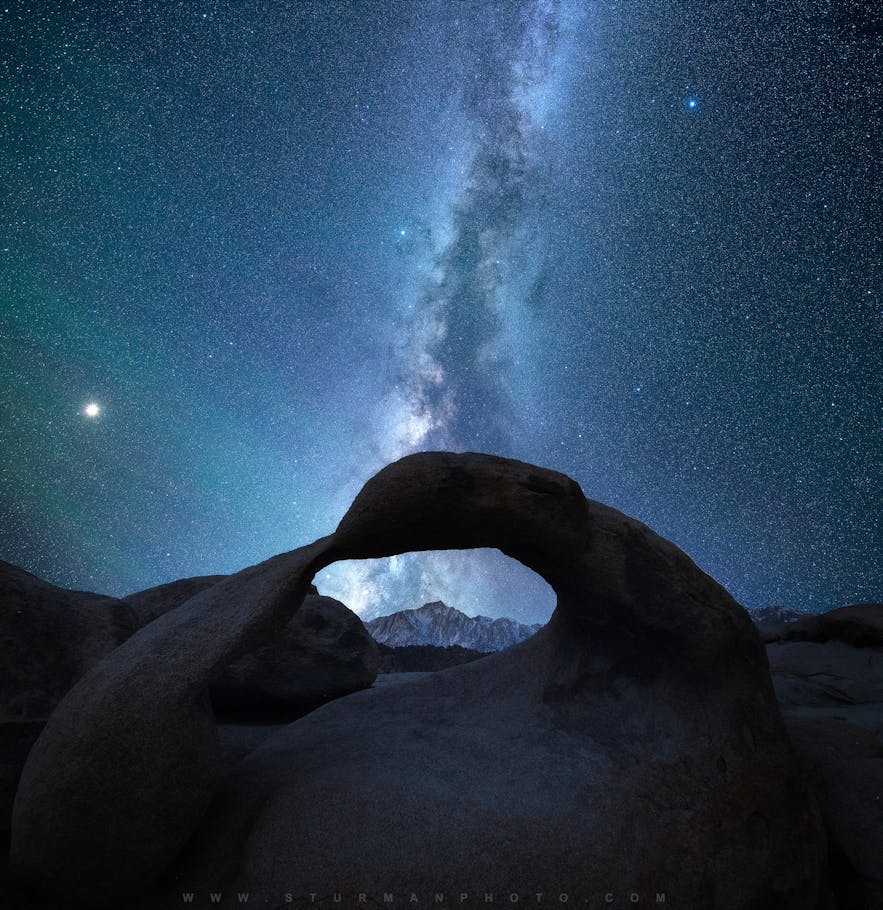 Being alone outside at night is a unique feeling. Photo by: 'Derek Sturman'.
Being alone outside at night is a unique feeling. Photo by: 'Derek Sturman'.
There's an excellent quote from Alan Moore that I feel transcends its origins and speaks for most forms of artwork: “Artists use lies to tell the truth”. This has been particularly true in paintings for centuries, where exaggerations were used to express the metaphysical. I find it exciting when photographers or artists take artistic liberties because it opens the doors for more creativity and expression.
Being outside alone at night somewhere in the middle of nowhere has a very unique feeling when you allow yourself to start to soak it in and in the end, I want to find the most effective way of expressing that aesthetically. Methods then only become a means as opposed to a boundary.
You have a number of educational tutorials available on your website. In addition, you hold photography workshops where you teach the intricacies of your art. What is the most difficult thing about running a photography business? Can you tell us a bit about the challenges that you’ve come up against along the way and how you’ve worked through them to get to where you are today?
Well, I think a lot of that for me has been the legal side of it! For whatever reason, I do not enjoy the paperwork side of running a photography business, which is probably true of anyone who does any kind of business. Aside from that, I think for the most part, I feel I am only getting started and I’ve seen various challenges that required a learning curve on how absolutely best to help others learn the same things I have. With everything on lockdown for the time being, it’s made it hard to plan any kind of workshops with any certainty for the next several months, so it's moved a lot towards online tutorials.
I think as a person, I really have a tendency to use photography as a self-reflective escape where I will spend usually about two weeks on the road by myself in an area trying to get everything I can image-wise. Switching that over to try and plan it more towards a more comfortable group atmosphere has been an adaptation.
Professional ethics and integrity plays a big role in the conservation of landscape photography these days. What are your thoughts on how photographers can approach the fields of nature and wildlife photography without causing any damage? What kinds of things should a photographer consider in their desire to ‘get the shot’?
That has been a big concern and issue for all of us in landscape photography, especially with the growing trends on social media. I think it’s important for us to try and set an example about how these places should be treated but sadly, there will always be someone who doesn’t respect an area.
I think there are some places that can handle the foot traffic, just not any abuse or the littering that could happen and there are some areas that can be affected heavily just by more people being there.
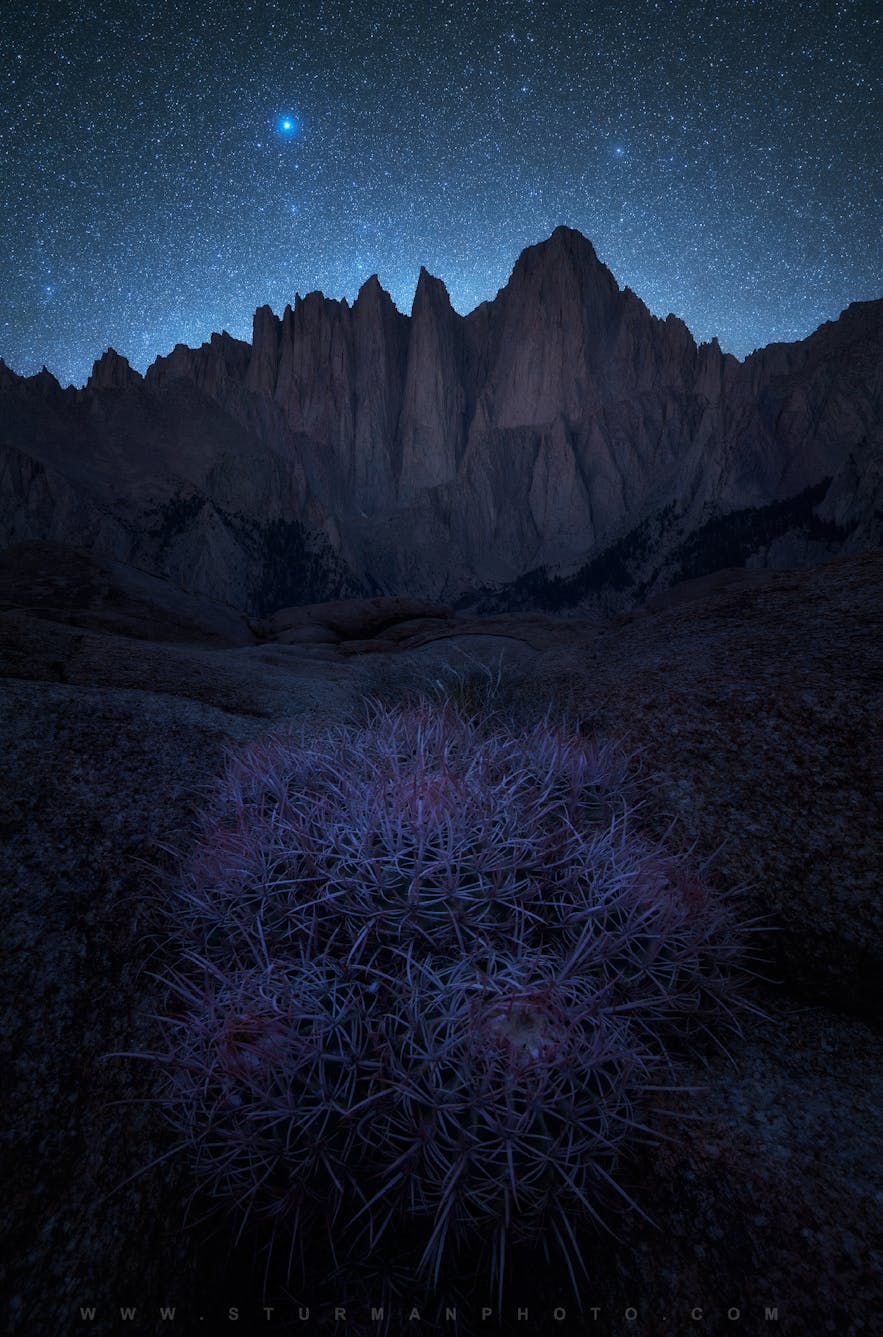 Professional ethics is a big concern in landscape photography. Photo by: 'Derek Sturman'.
Professional ethics is a big concern in landscape photography. Photo by: 'Derek Sturman'.
I think it’s possible to get the images you are looking for without having to do any kind of harm to an area. It requires a little bit of work with some areas to find the best way of doing this but I haven’t felt that it's necessarily hard.
I try to geotag areas that are broadly in the same area but not the exact location, not so much so to keep it a secret but just to make it a little more mysterious, which I think makes it more fun. Most of these locations are well-known by photographers anyway.
Do you think that photography can make a difference to the way that people perceive the world? How can it affect the responsibility that the general public has towards the environment?
I think media serves as a more emotionally effective and abstract unconventional method of communication. The real beauty of art is the ability to show someone else what you are seeing or feeling and that is really the point of photography, isn’t it? I know as odd as it is, I have had images that evoked a powerful emotion, just like music, that have served as inspiration for many aspirations of my own. Hopefully, some piece of what I am doing now is having that same effect on someone else.
I think from a conservation standpoint, I would like to see some of these areas see less development and mass tourism because what really makes them enjoyable is the very complex and natural conditions there to begin with. I would prefer areas remain more rugged and hard to access because I've found that part of the enjoyment of going there.
Hopefully, people just seeing or feeling a piece of that experience of being somewhere wild through images helps them understand what is so unique about it and awakens them to a reason for wanting to preserve it that way.
If you could start all over again, what would you do differently in establishing your photography career?
That’s a long list but I would have to say that maybe the uncertainty of what things would be like, had they been different, would have me say that I needed to make the mistakes I made to get here. I think the first thing I wish I’d done earlier is just invested less in camera equipment and more in niche specific learning from photographers whose work I actually aspired to be like. Maybe spent more time shooting and experimenting and documenting my experiments. Of course, looking back, I know now a lot better how to use the technical aspects to create images so I wish I had known all of that so I could have had a head start getting the galleries I am still building now.
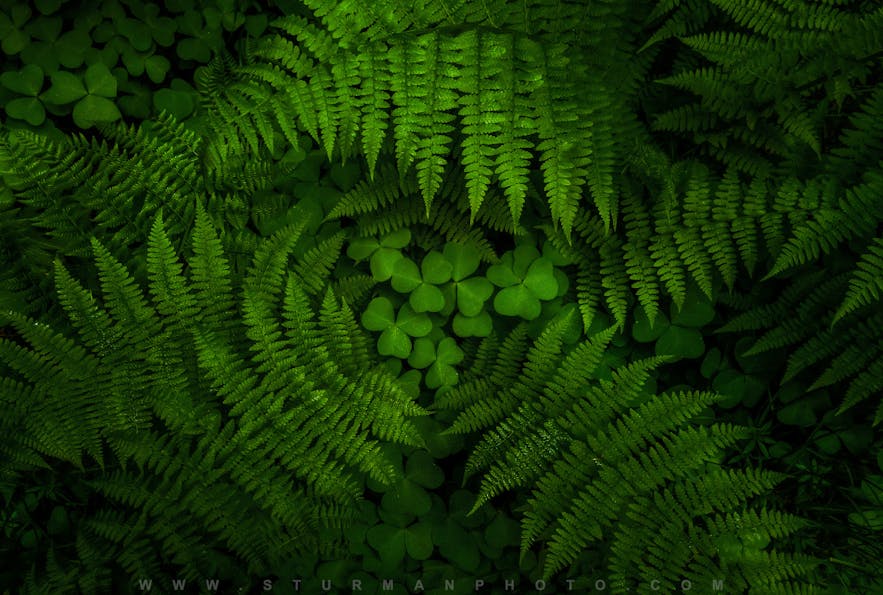 Having a grasp on the technical aspects of photography will assist you to build your portfolio. Photo by: 'Derek Sturman'.
Having a grasp on the technical aspects of photography will assist you to build your portfolio. Photo by: 'Derek Sturman'.
It’s kind of like a personal game to me, really. I feel like I am in a constant race against myself to try to get that image of a certain place that finally does it justice.
Thank you for sharing your thoughts with us today. What are some of the projects that you currently have in the works? Is there anything that you would like to do that you haven’t yet had the chance to pursue? Where can our readers expect to hear from you next?
Thank you so much for the opportunity! It’s really incredible for me to have the chance to be a part of the community of so many insanely talented photographers.
There is a very long list that eats away at me, it feels. The Northern Lights is a huge item on my list as well as several mountain ranges I am dying to see and have the chance to try my hand at photographing, the Dolomites being a huge soul splitter for me. I feel that there is too much out there to see and not nearly enough time.
I am mostly active over on Instagram at the moment because of how easy it is to stay online there. I’ll be working to spread out to more outlets here soon but that’s usually the first place I update aside from my website :D
For more information on Derek Sturman's work, you can visit his website or find him on Facebook and Instagram.
Get out into the wild beauty of nature with your camera, just like Derek! Check out our range of international photo tours and photography workshops.
Other interesting articles

Interview with Dani Lefrançois
Home is where the heart is. For acclaimed landscape photographer, Dani Lefrançois, that happens to be in the Rocky Mountains and wilderness of Canada. Although she has travelled far and wide, this i...Read more
Interview with Francesco Gola
Italian photographer Francesco Gola is no stranger to the sea. Having fallen in love with long exposure seascapes at an early age, he now spends his time immersed in his passion, teaching and practi...Read more
Interview with Jack Anstey
Storytelling is intrinsic to the art of photography and nobody does it quite like Jack Anstey. This UK-based outdoor and adventure photographer has taken his craft high into the mountains, capturing...Read more









